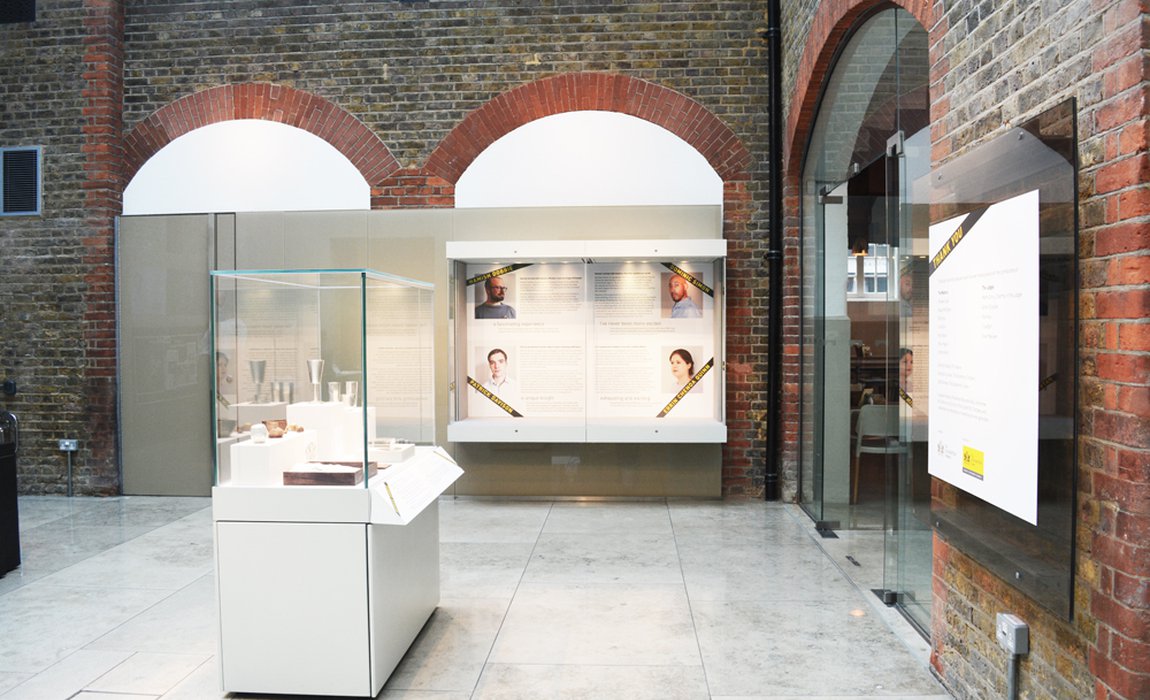SPOTLIGHT: Studio Internship Graduate Award Winners
To celebrate the outstanding work by winners of the Studio Internship Graduate Award (SIGA), the Goldsmiths’ Centre presents the Next Generation: Learning from the Masters exhibition. Open until Tuesday 12th September 2017, Next Generation: Learning from the Masters shows the journey made by Dominic Simon, Hamish Dobbie, Errin Quinn and Patrick Davison. As part of SIGA, each silversmith has undertaken a 16-week internship with leading silversmiths, from Angus McFadyen to Ray Walton. We caught up with the exhibitors to hear about their experiences and taking part in this special scheme.
Dominic Simon
When did you become interested in a career in silversmithing?
I have always been drawn to the creative subjects, art, design, product and I was lucky enough that during sixth form, my teacher studied metalwork and jewellery at university, so gave us a taster module. I loved working with metal and couldn’t see my life and career deviating to any other line of work.

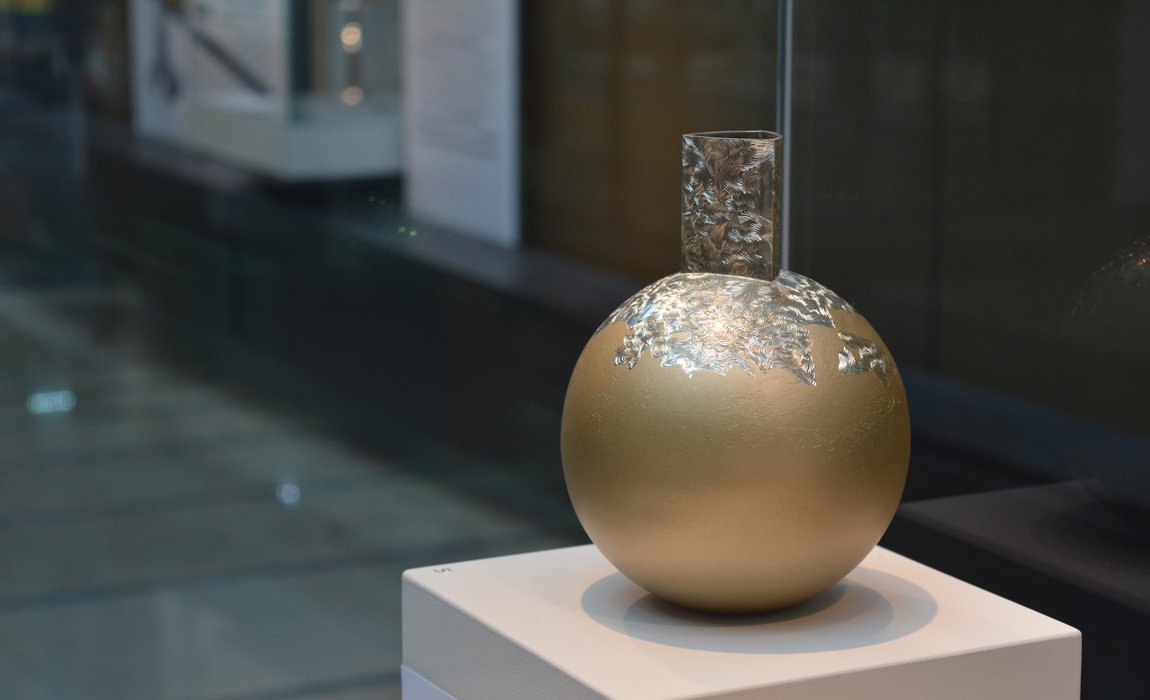
Why did you apply for SIGA?
During my time at Bishopsland I had made real progress in not only learning new skills, but in finding my own style and aesthetic. However once my residency had finished, I wanted to continue that progression, learning and refining myself as a designer maker. SIGA was the most exciting and relevant scheme for me at this stage.
What has been your most ambitious piece to date?
My most ambitious piece I found wasn’t so much about the size of the piece, but the challenges I faced within the fabrication and engraving. I designed and hand raised two beakers. Their unconventional shape pushed my skills as I had to control each hammer blow, so that it pushed the metal in the opposite direction that it naturally wants to bend. The shape that formed also challenged how I engraved the work.
How did the Masters who mentored you help develop your skills? And what was the most satisfying part of the experience?
Both Emmet Smith and Rod Kelly were the most exceptional Masters I could have hoped to learn from. I felt like a sponge absorbing all the techniques and tips each master craftsman showed me. But the stand out part of my experience was not only being able to see how these Masters worked and tackled challenges, but also to be completely enveloped into that environment. Rod Kelly had the most inspirational space and workshop. On the other hand, Emmet had a busy workshop where I could really see how a business works.
What are your future plans?
Right now, I am lucky enough to be working towards the showcase with the other SIGA graduates, but also to be working on pieces towards my first time exhibiting at Goldsmiths’ Fair. One thing SIGA as entrained within me is to continuously make, experiment and engrave because it’s that process where you can happen upon a design through fabrication. It’s still early days, but I am excited to showcase my work and continue to grow within this welcoming industry.
What would your advice be for future SIGA participants?
SIGA was hard work and continuous, but for me it solidified what I want to do with my life and enabled me to grow as a designer maker, to network and meet inspiring designers, skilfull makers, important coordinators and most importantly lovers of silversmithing. It was the most invaluable experience I’ve had for the next step in my career and I’d advise anyone wanting to progress in this industry to consider applying for SIGA.
Errin Chenoa Quinn
When did you become interested in a career in silversmithing?
During my first year at university. I studied jewellery, silversmithing and goldsmithing at the Univresity for the Creative Arts Rochester (UCA). There we experimented with metalwork and visited many inspiring events such as Goldsmith's Fair. Before then, I thought jewellery would be more my area, and prior to Rochester I was really looking more towards painting. It wasn't until Rochester and then Bishopsland that I developed my love of silversmithing.
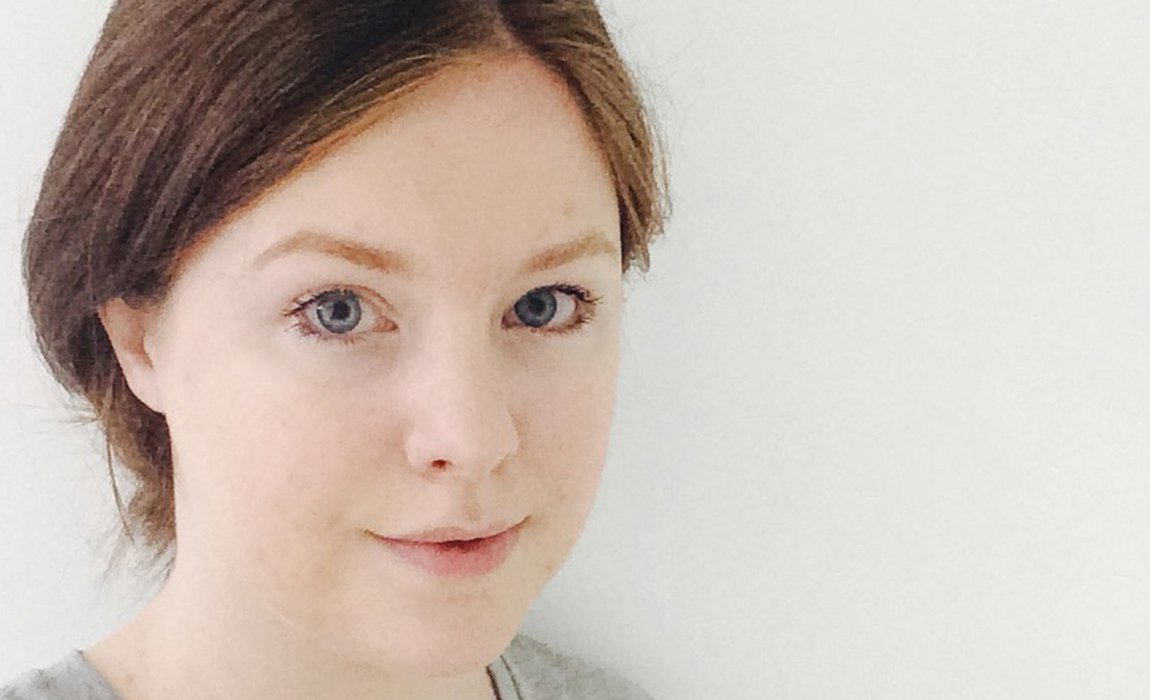

Why did you apply for SIGA?
I applied to SIGA a year after becoming a Fellow of Bishopsland because I was ready to further develop my skill set and learn from masters of the trade.
What has been your most ambitious piece to date?
I would probably say the vase I designed for SIGA because it has a lot of technical challenges and nowhere to hide any mistakes! Working with and redefining faceted and flat sheet silver has its challenges that require a high level of focus and positive technique, but that was also why I wanted to come on to SIGA.
How did the Masters who mentored you help develop your skills? And what was the most satisfying part of the experience?
I learnt a huge amount every day, for 16 weeks, from both Clive Burr and Ray Walton. Watching, listening, practicing new skills and improving current ones. The most satisfying part of the experience has been overcoming gaps and weaknesses in my skill set and seeing my skills grow far beyond what I would have without Clive and Ray, and in such a short time. This has given me the confidence to go forward and to challenge myself even more!
What are your future plans?
My plans for the future include, immediately, focusing on exhibiting at Goldsmiths’ Fair this year, pulling out all the stops to make a success of it. Then it is about creating a solid business around my silversmithing ambitions and dreams.
What has been your most ambitious piece to date?
I would say be prepared to dedicate a lot of time and energy to SIGA. It can be hard, concentrated work but the pay-off is that your skills will grow further than you could have imagined.
Hamish Dobbie
When did you become interested in a career in silversmithing?
During my third year at Art School I was commissioned to make a goblet for the Edinburgh Incorporation of Goldsmiths'. This was the point I realised I wanted to be a silversmith.
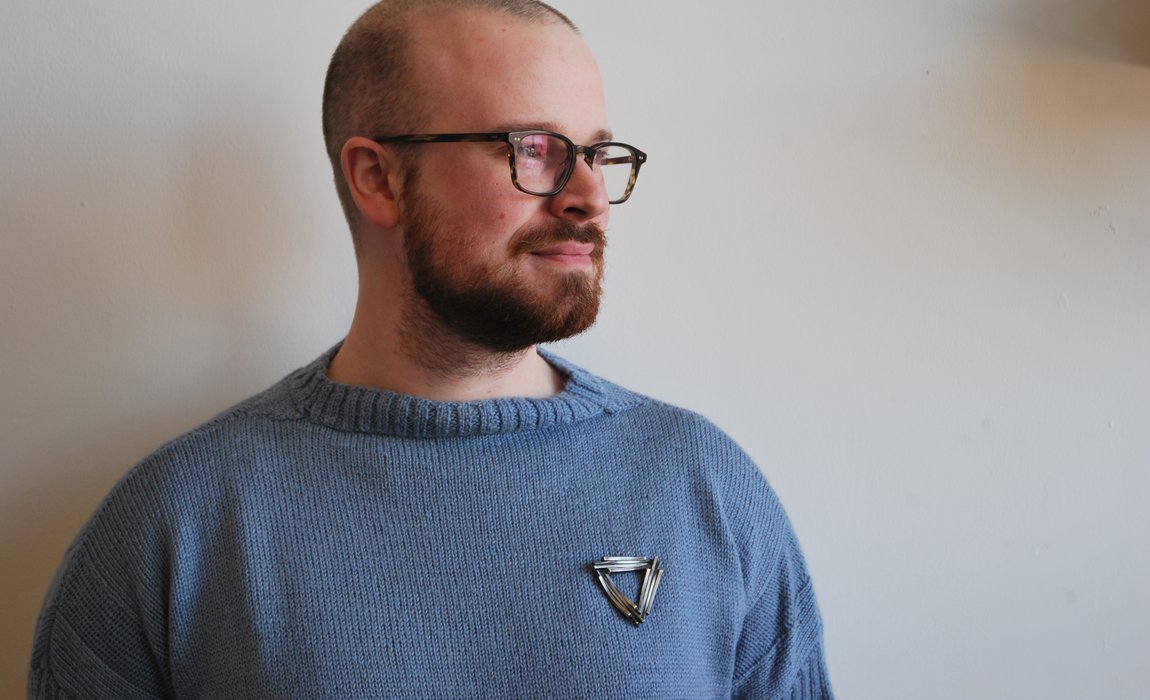
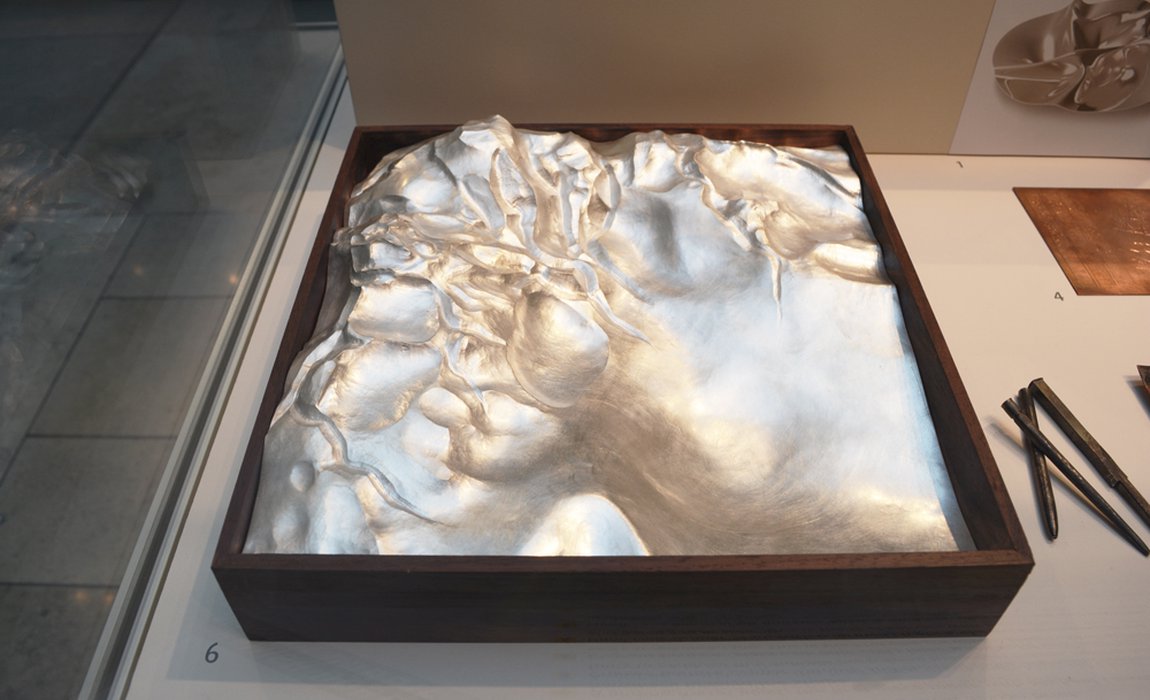
Why did you apply for SIGA?
The prospect of spending time with Masters of silversmithing was an opportunity I couldn't pass on. It has been a once in a life time experience working with Michael Lloyd and Angus McFayden.
What has been your most ambitious piece to date?
The main piece for this exhibition has been my most ambitious piece I think. It has been such a learning experience for so many part of the object.
How did the Masters who mentored you help develop your skills? And what was the most satisfying part of the experience?
Both Michael and Angus have taught me a lot, be it technical aspects about metal working or through discussion about the industry and business. The most satisfying thing has been seeing my new work develop and see the progression of before to after SIGA.
What are your future plans?
I plan on further exploring the techniques I have learnt on SIGA and intend to make some more boxes and tumblers.
What would your advice be for future SIGA participants?
I would suggest you go in with as open a mind as possible and make the most of a fantastic opportunity to learn from highly skilled craftspeople.
Patrick Davison
When did you become interested in a career in silversmithing?
Whilst studying at the Glasgow School of Art I was introduced to silversmithing techniques. Making larger scale work was also an opportunity to learn more about the metal, how it moved and how to effectively form it. Joining the Contemporary British Silversmiths (CBS) also introduced me to the option of silversmithing as a career as well as highlighting the versatile approaches and products that can be made within the discipline.
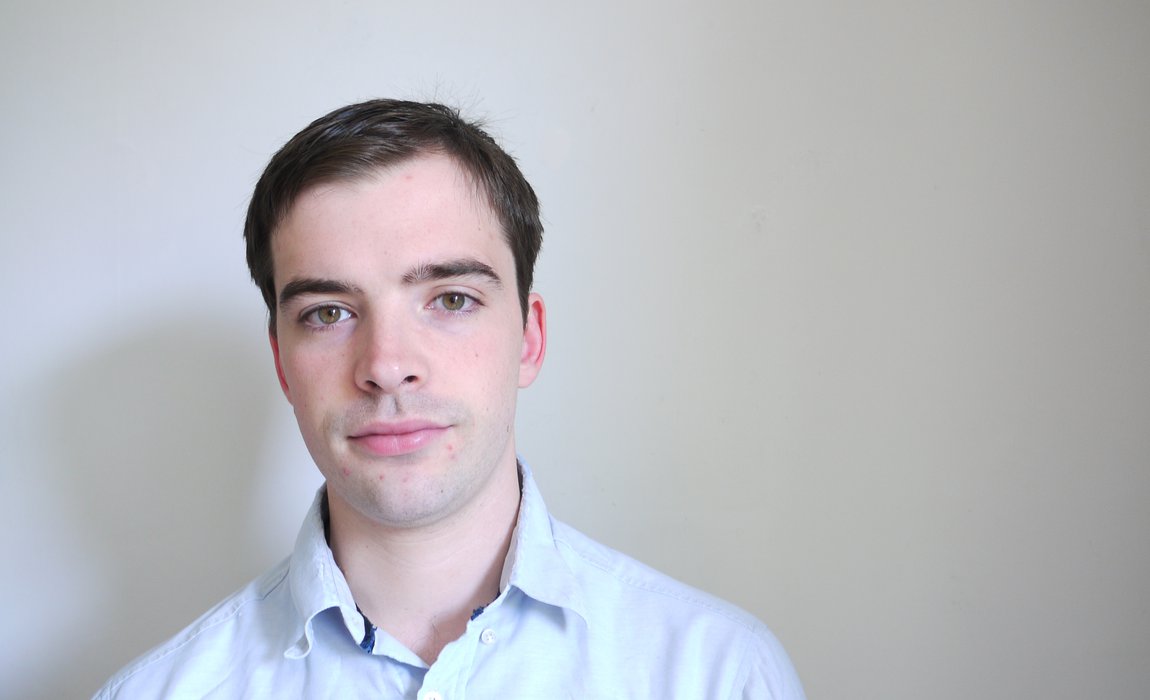
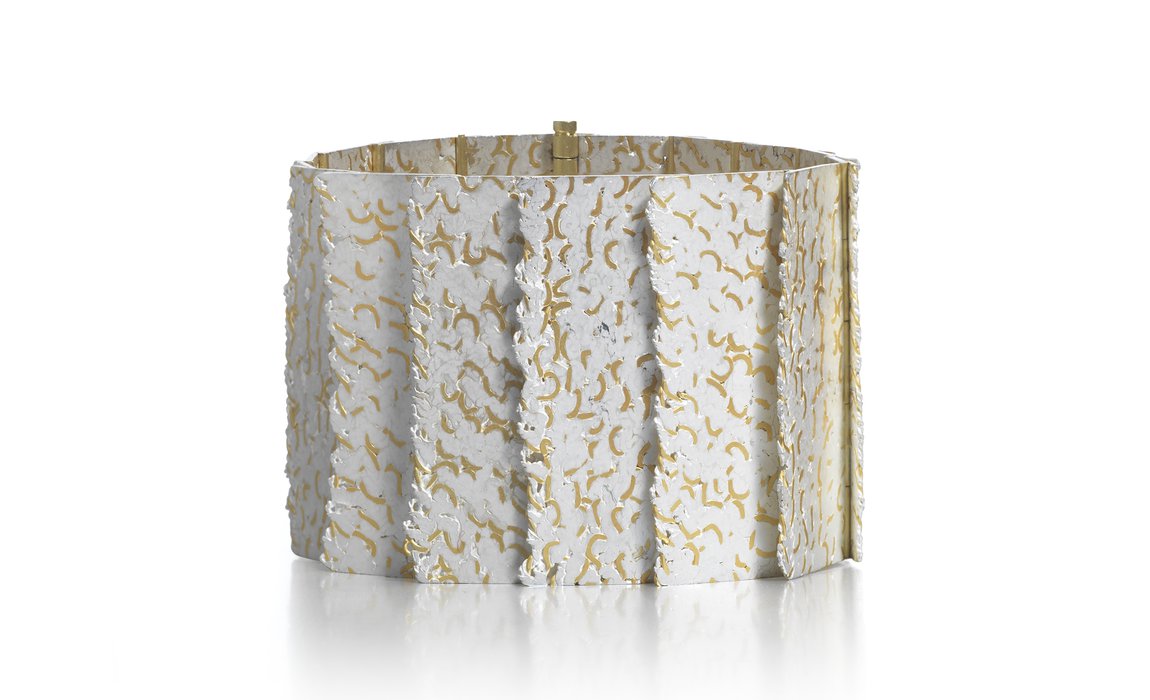
Why did you apply for SIGA?
SIGA was an opportunity to fully commit to a technique and refine the skills needed to make high quality work in silver. I saw it as a chance to really focus both time and effort on a single theme, getting a closer and deeper understanding of the technique. It was also an opportunity to learn more about other people’s experiences with silversmithing and the surrounding disciplines.
What has been your most ambitious piece to date?
Making the court cup for the Goldsmiths’ Company has involved a variety of skills that I have been introduced to and then concentrated on during the SIGA programme. It involved many different technical and design processes, which all have to seamlessly come together in the final piece.
How did the Masters who mentored you help develop your skills? And what was the most satisfying part of the experience?
Both Rauni Higson and Angus MacFadyen demonstrated a great deal of patience with me, explaining and demonstrating in great detail the techniques that they were teaching me. Being able to dedicate this amount of time to two skills, raising and engraving has been immensely satisfying and a very rare opportunity. I was able to spend weeks on a single piece, whether a pair of beakers or engraving a coin die, and know that it was the time learning that was the most important part of the process.
What are your future plans?
I hope to spend some time researching back into some work in mixed metals, spending some time looking at fusing and eutectic soldering in order to combine different metals. I also want to continue learning to raise different shapes out of single piece of silver to further understand the way I can move the metal to achieve intricate and subtle forms.
What would your advice be for future SIGA participants?
I found it a wonderful chance to commit to a single project, focusing rather than diluting the possible outcomes. I learned lots of many different things during the programme but the core focus allowed the surrounding knowledge to be contained and absorbed in a refreshing and stimulating way.
